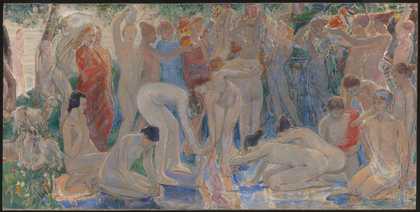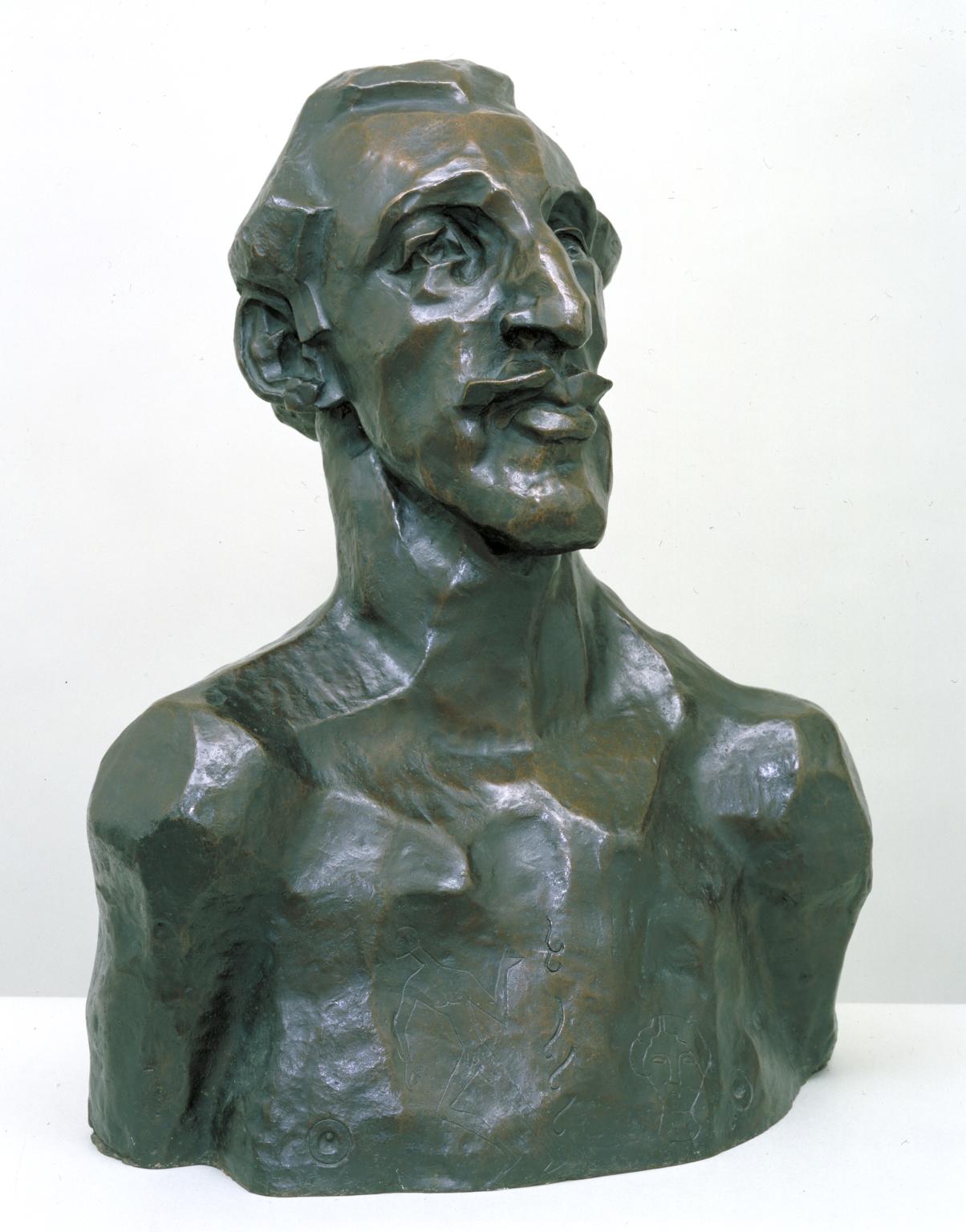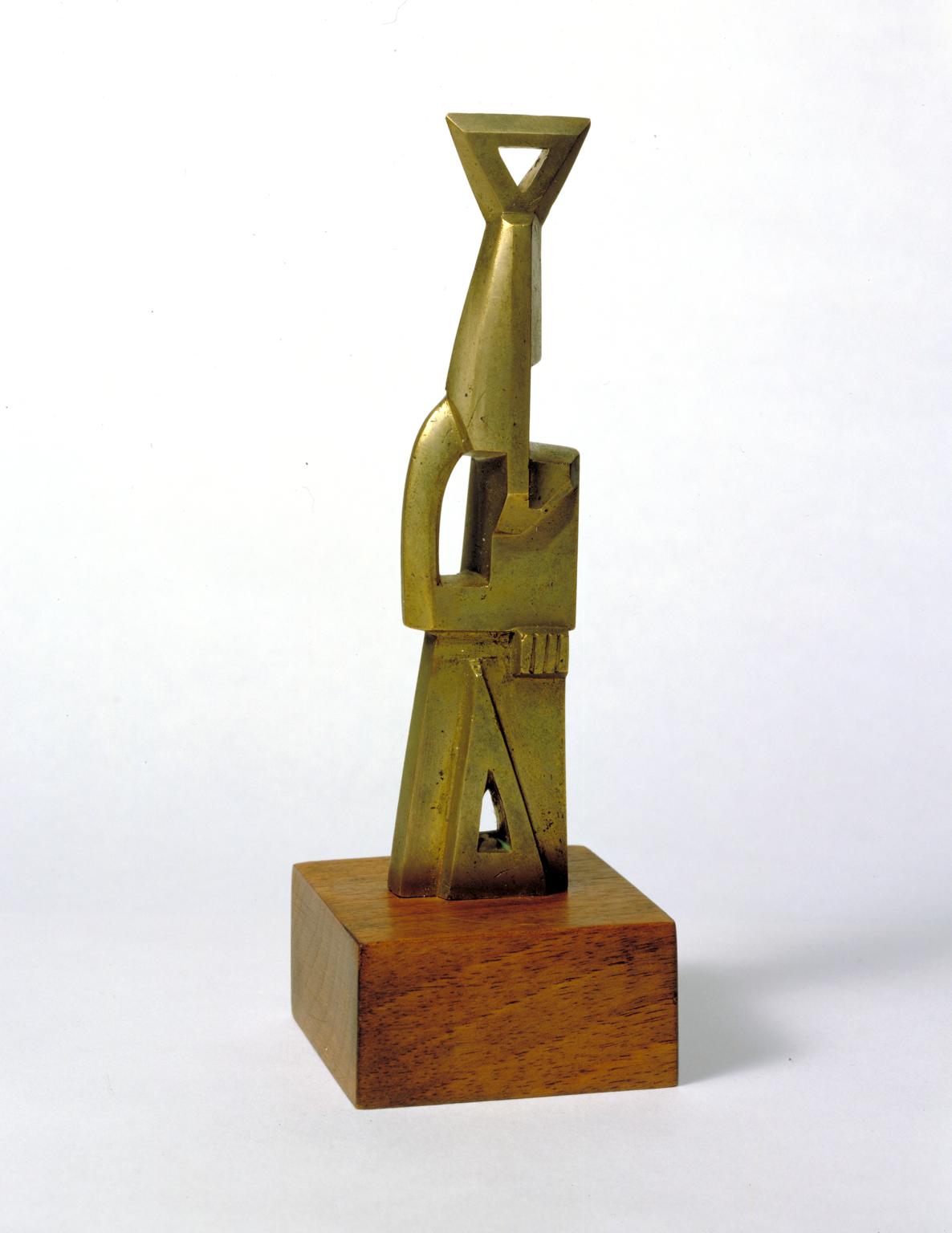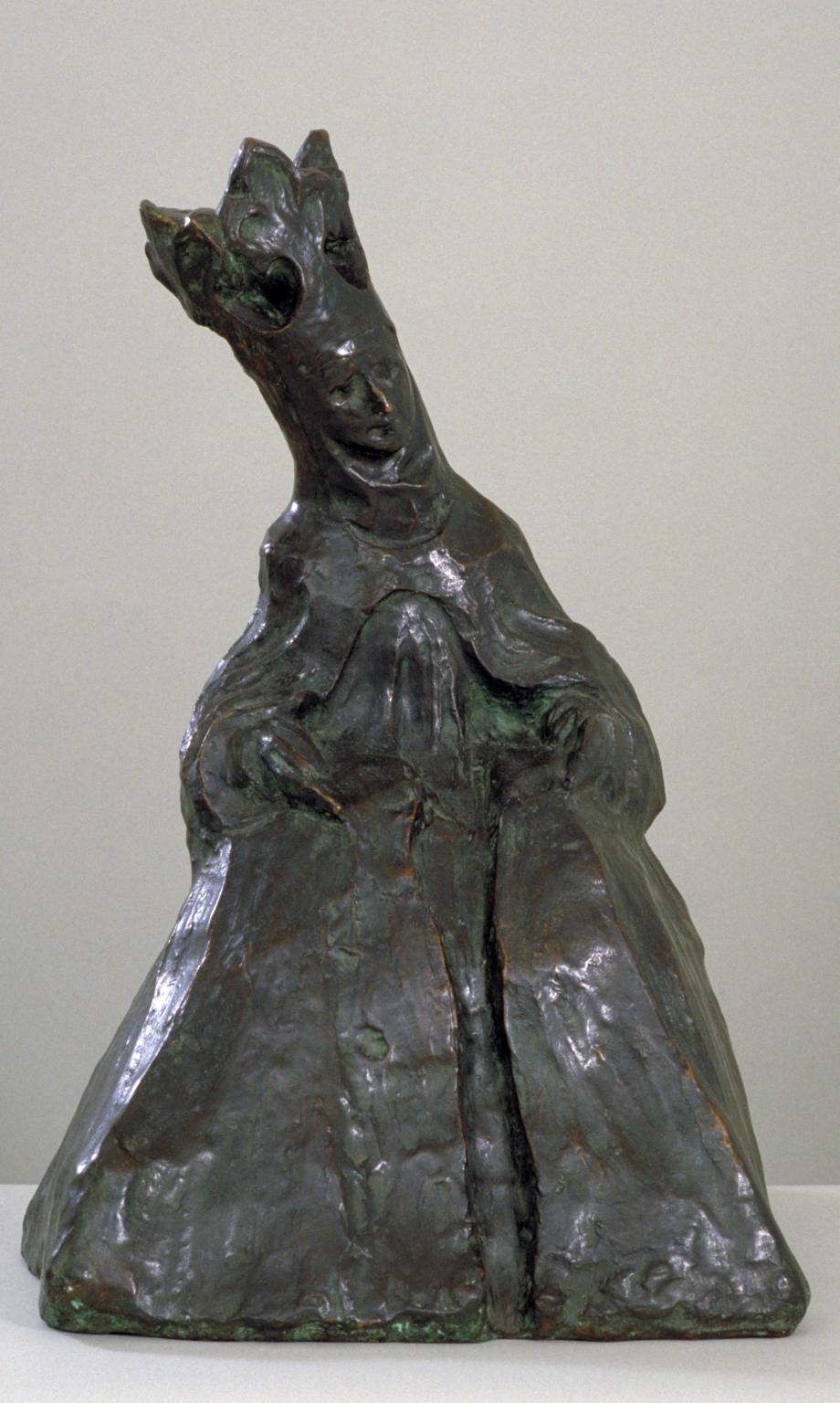This display shows the work of Ethel Walker, a pioneering artist whose practice was largely forgotten after her death
Ethel Walker (1861–1951) was born in Edinburgh, Scotland, and grew up in London. She started her artistic career later than her peers, enrolling at the Putney Art School in 1899, before attending the Westminster School of Art and Slade School of Art in London. During this period, she travelled to Paris and was inspired by exhibitions of the French Impressionists. However, her interest in art stemmed from an early appreciation of Indian and East Asian artworks. Although she was influenced by several artistic practices, Walker developed her own distinctive style using dynamic brushstrokes and a light palette. She applied this to her portraits, landscapes and large mural-like paintings, known as 'decorations'.
Walker was well-known for her formal portraits, mainly of women. Her decorative works show figurative scenes conveying her interest in Taoist philosophy, Greek and Roman mythology and Christianity. Works such as The Zone of Hate and The Zone of Love, on display in this room, respond to the First World War and include a host of religious references. Meanwhile, The Excursion of Nausicaa focuses on the female form, offering a utopian vision of an all-female society while also exploring themes of same-sex desire. Walker was one of the earliest British artists to overtly address these themes in her works.
In 1900, Walker was the first woman artist elected to the New English Art Club. Later, she was elected as an Associate of the Royal Academy in 1940, before becoming a Dame of the British Empire in 1943. Walker was also the President of the Women’s International Art Club and a key figure in female art networks in London. After her death, The Times newspaper noted in her obituary that Walker had been ‘the most important woman artist of her time’. However, her practice fell into obscurity and is little known today.
Art in this room
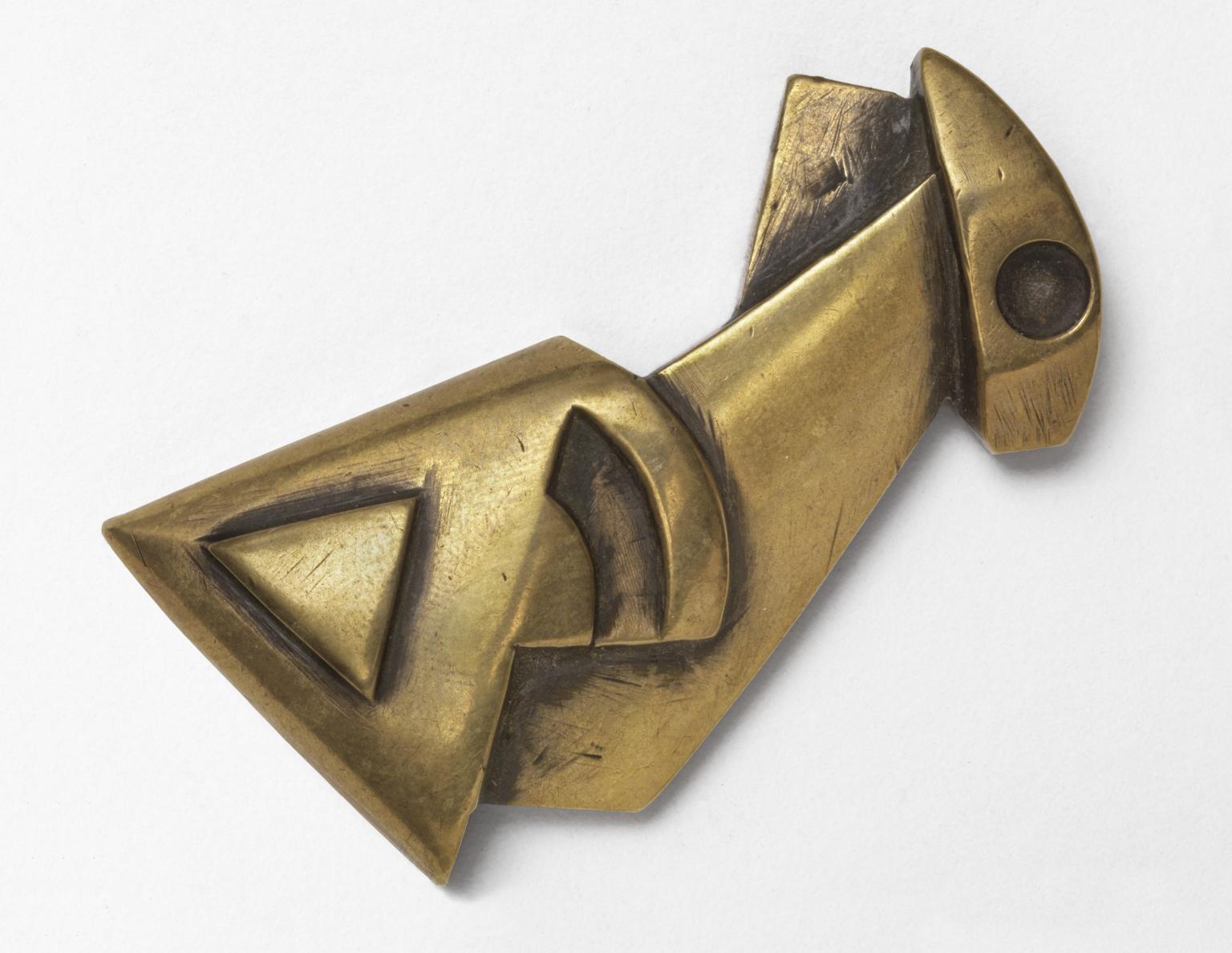
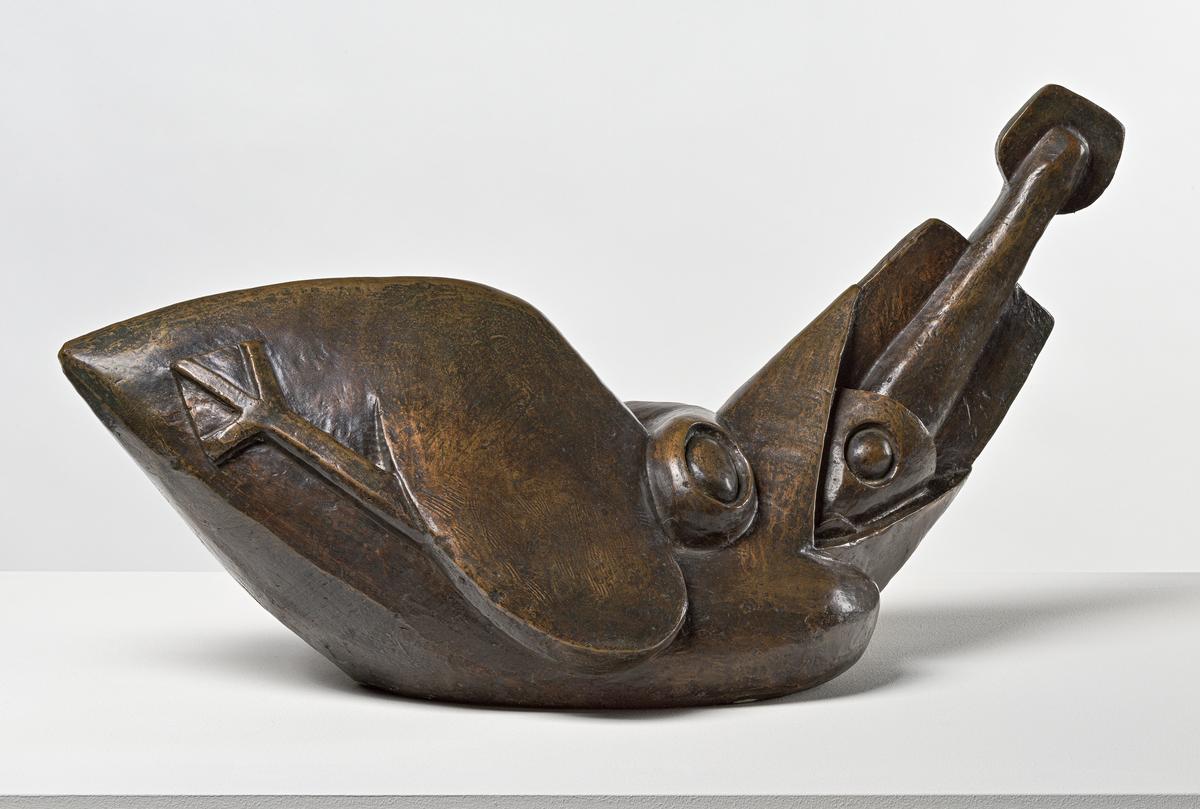
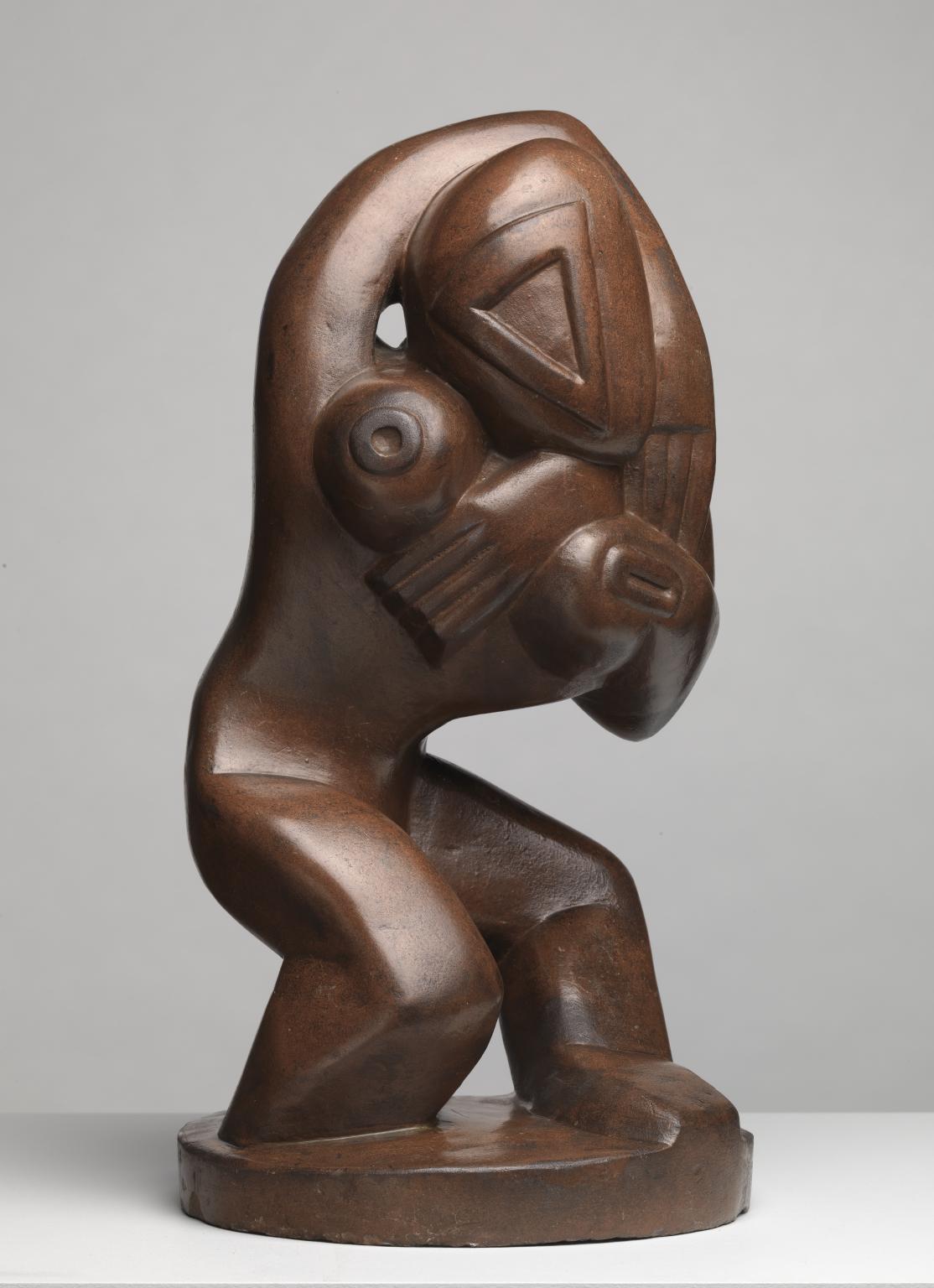
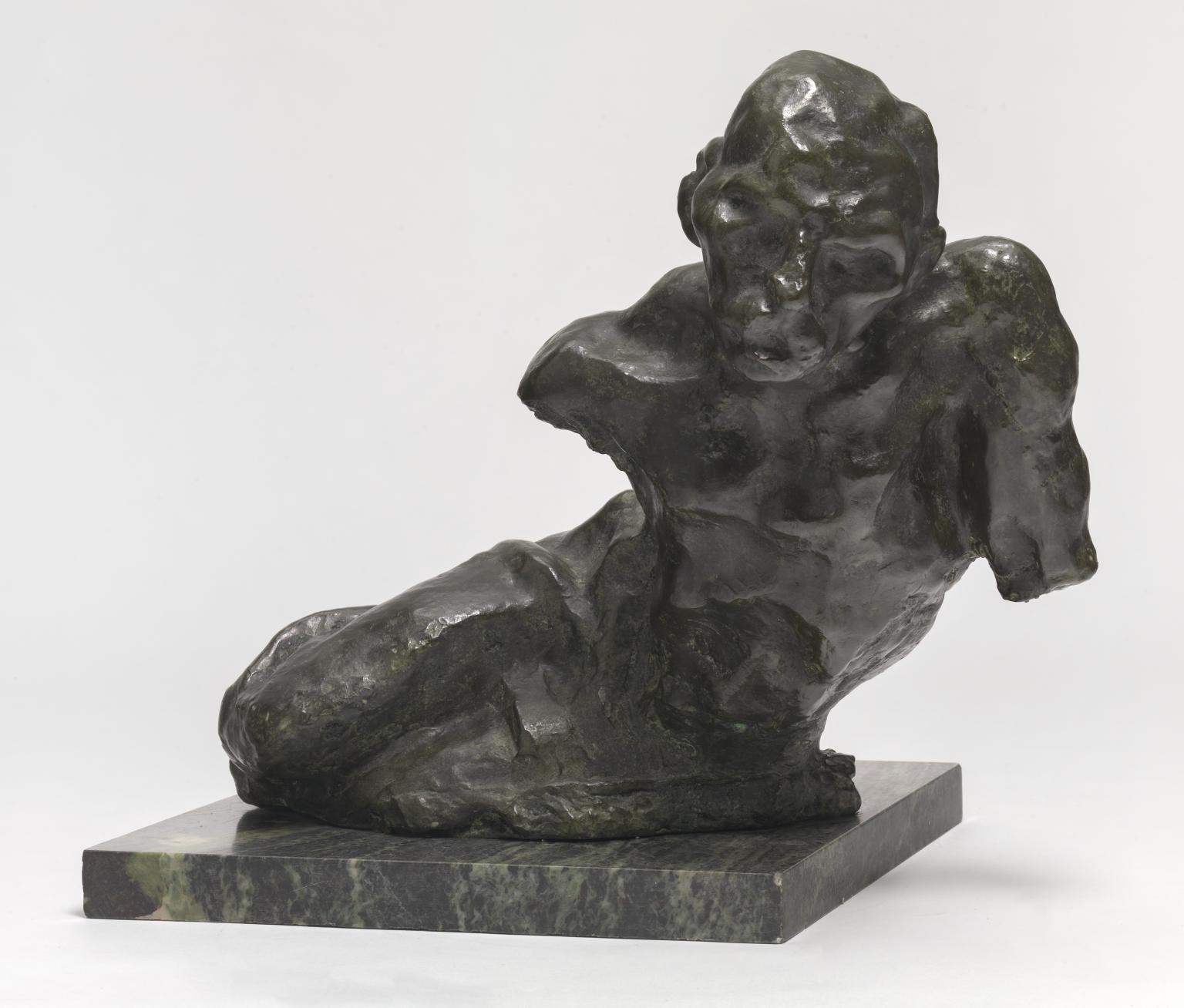
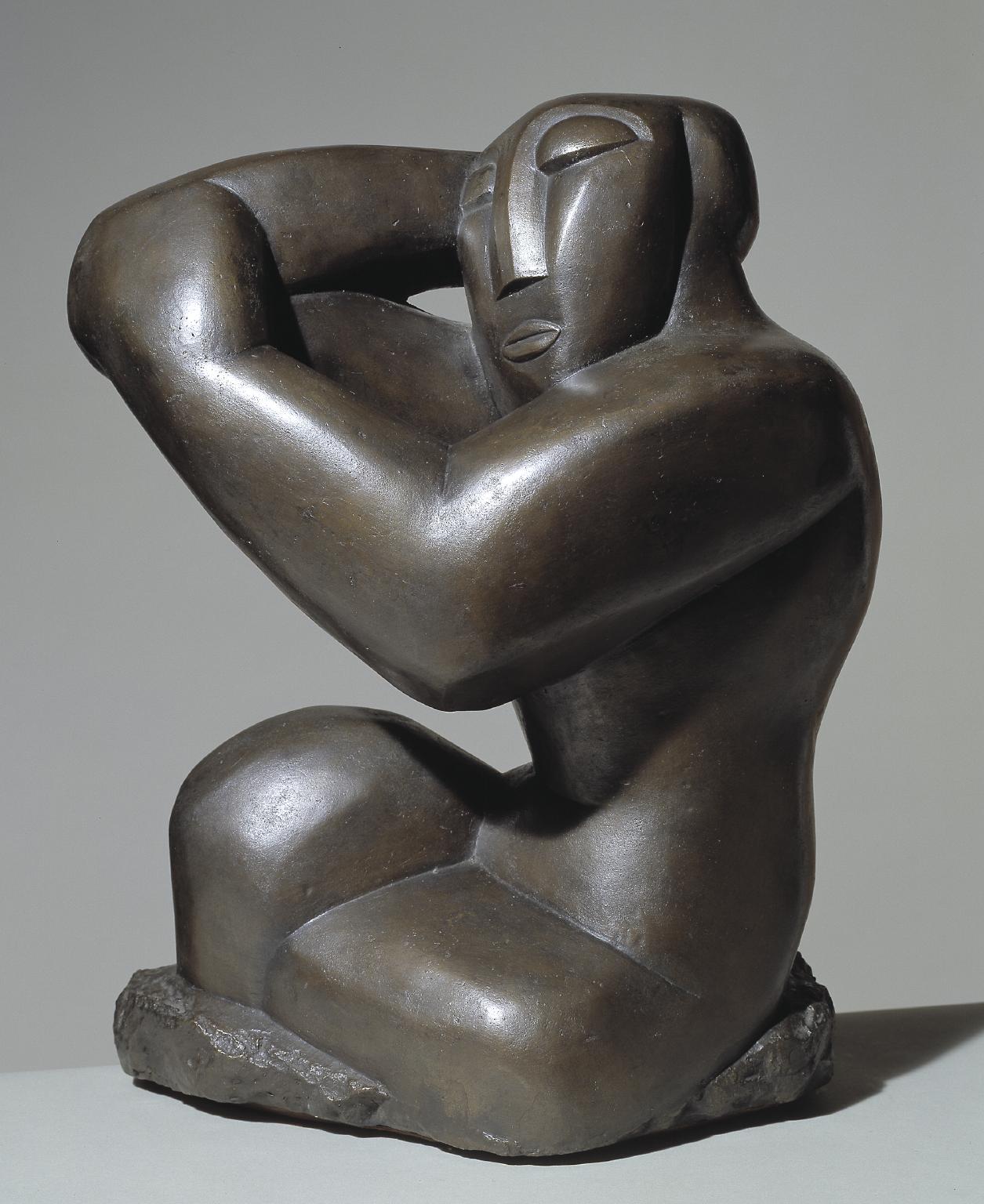
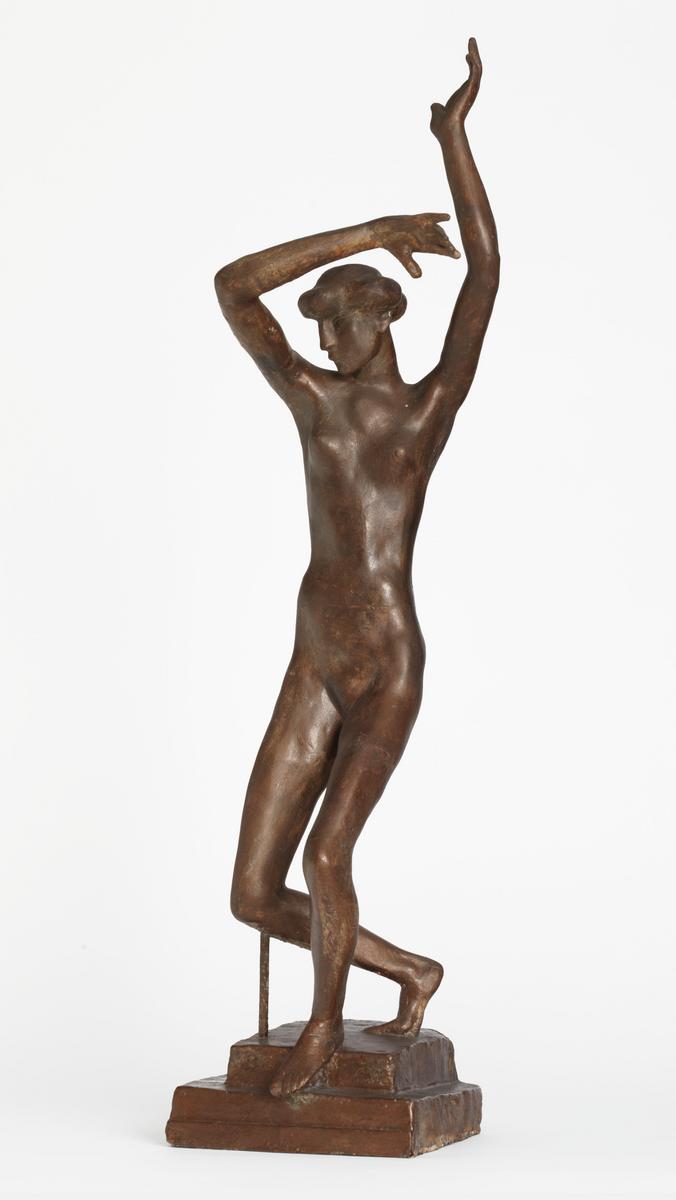
You've viewed 6/10 artworks
You've viewed 10/10 artworks

